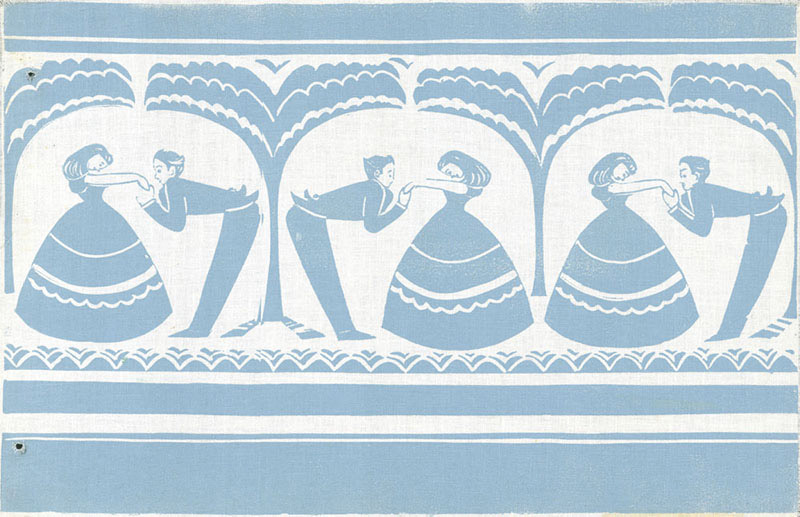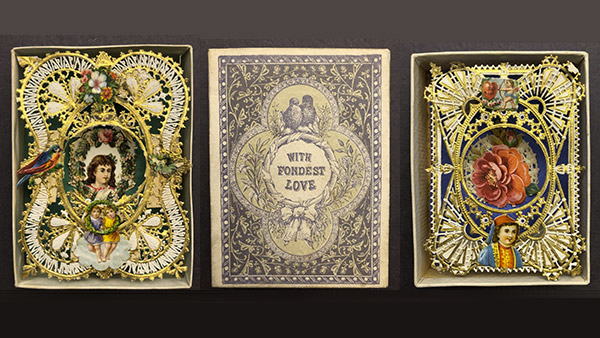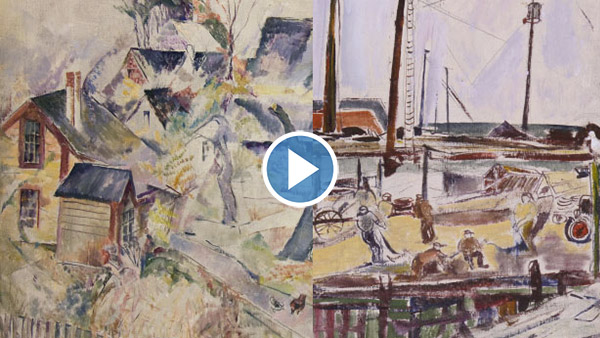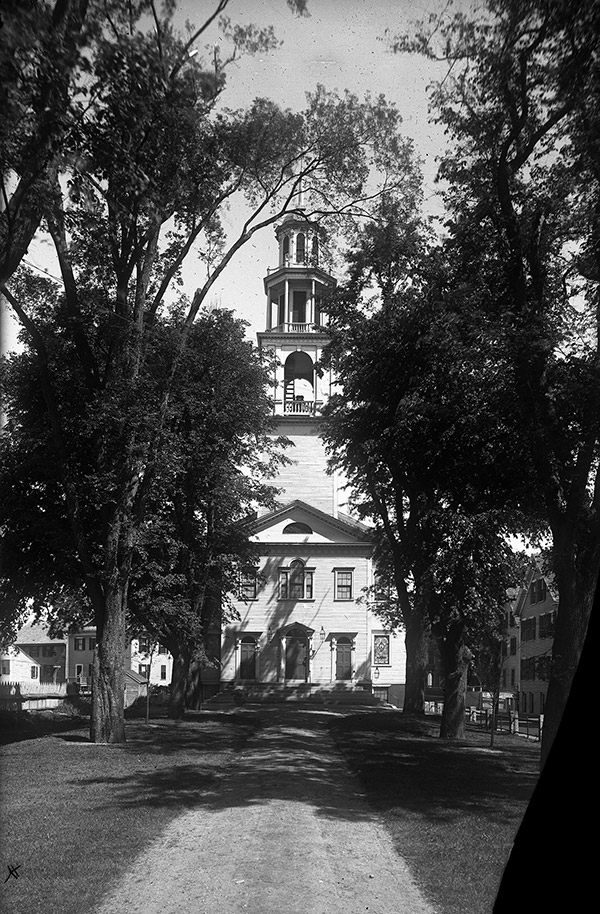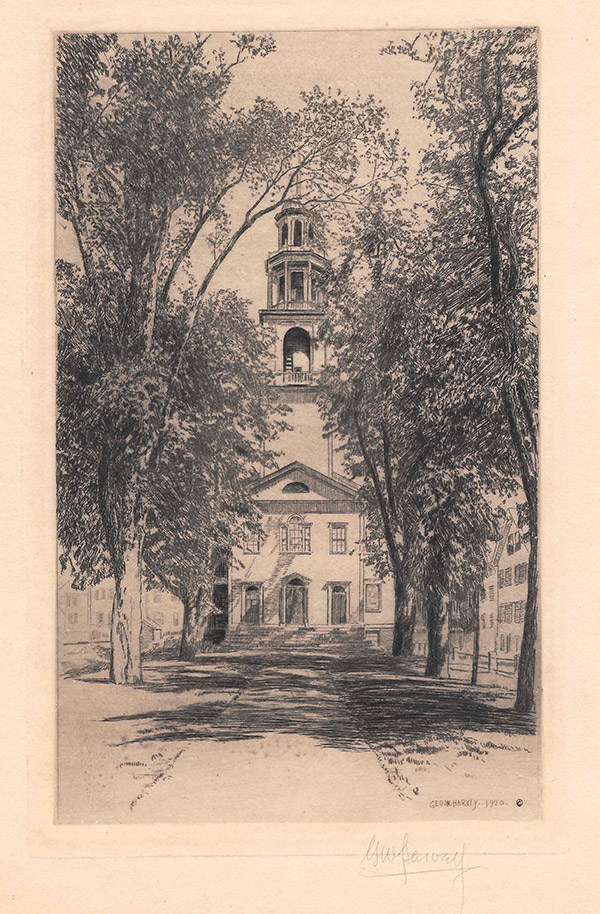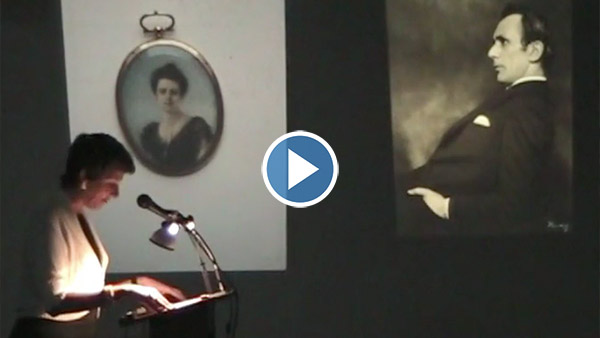
Dear Friends,
In advance of Valentine's Day, the Museum is excited to share these inspiring stories of artist couples for whom Cape Ann played a defining role in their work and American art in general.
May this issue of CAM Connects encourage you to engage with CAM both virtually and in person. Building on recent coverage in The Boston Globe and the Gloucester Daily Times about the Museum’s continuing walking tours this season, please invite a loved one to join you for an outdoor adventure or perhaps sign up for CAM’s next Virtual Lecture Series on Feb. 26.
Venturing indoors… then make a date with your sweetheart and an appointment to come view the Library's Valentine Collection at the Janet and Willian Ellery James Center and experience the winter beauty of the Cape Ann Museum Green. Alternatively, register here to visit the Museum on Pleasant Street and see why the Karoliks thought Fitz Henry Lane’s work was so wonderful…
CAM is here for you and we look forward to seeing you soon!

Oliver Barker, Director
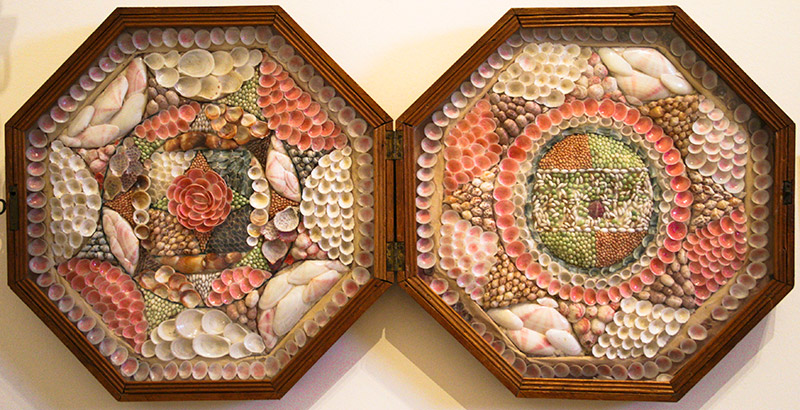
Unattributed, Sailors' Valentine, 1800-1840. Shell and glass on wood. Collection of the Cape Ann Museum, Gloucester, MA. Gift of E. Hyde Cox, 1979. [Acc#2187.6].
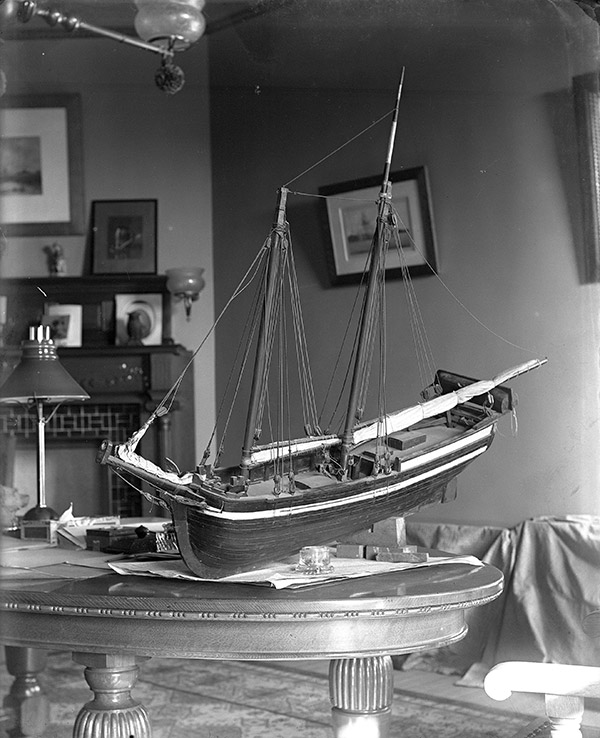
Model of the Schooner Manchester, used by George W. Harvey in several paintings. Photograph by Martha Hale Harvey, c. 1890s. Collection of the Cape Ann Museum, Library & Archives, Gloucester, MA.
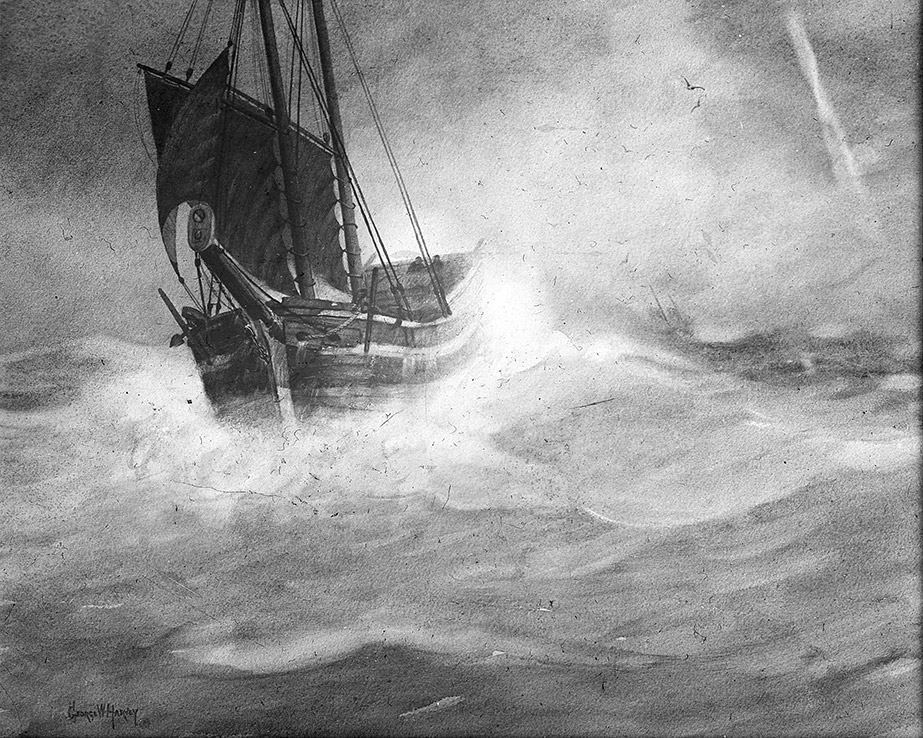
George Wainwright Harvey (1855-1930), Storm at Sea, 1890s. Photography by Martha Hale Harvey. Collection of the Cape Ann Museum Library & Archives, Gloucester, MA.


